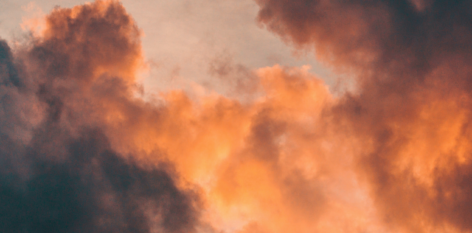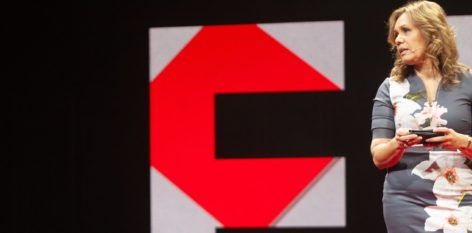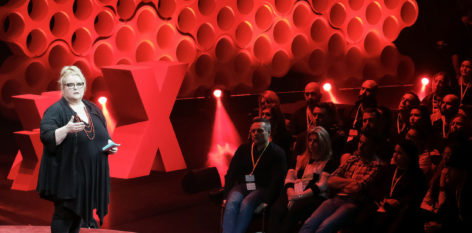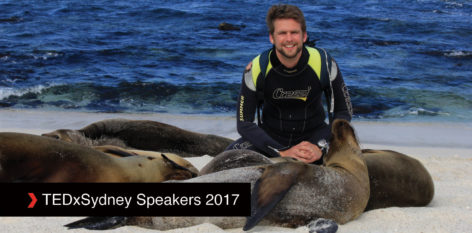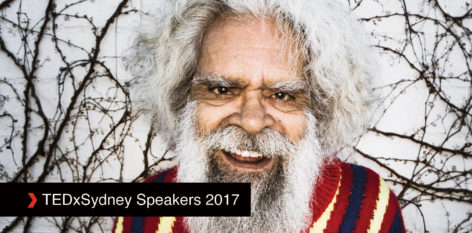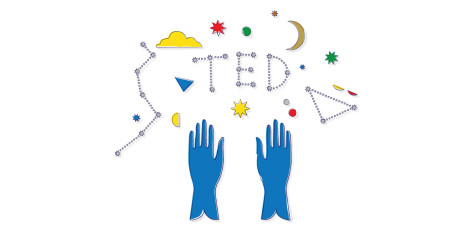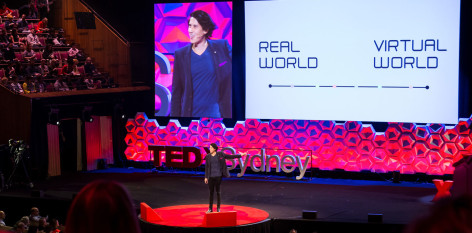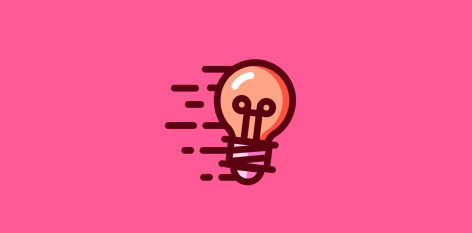From your fridge to your toothpaste tube, from your smartphone to your KeepCup – plastics are everywhere. Breaking down into tiny micro-particles and creating waste that collects in waterways, gathers in the ocean gyres to feed the Great Pacific Garbage Patch, and impacts the food chain. But, what if we could turn this narrative on its head? That’s the mission of University of Sydney Professor of Chemistry and 2018 Eureka Prize winner, Thomas Maschmeyer. What if single-use plastics could be transformed from a severe problem to a boon, from a villain to a sustainable hero?
448 million tonnes of plastic are now produced each year – at least 8 million tonnes finding their way into the ocean. We’ve been damaging our planet with higher and higher volumes of plastic for more than half a century. We take resources, we make something, we chuck it out, and we’ve told ourselves that this one-way system is good for the economy.
Professor Maschmeyer is pioneering a chemical recycling process that can transform plastic waste into fuel, valiuable chemicals or make new plastic, again and again. Using water at high pressure and high temperature, the Cat-HTR process (catalytic hydrothermal reactor) breaks used plastics down to their smaller chemical components. Next, catalysts are used to create new forms from the transformed waste – solid industrial waxes for food and clothing industries, heavy liquids like oils and greases, light liquids like solvents and fuels, and reactive gases like ethylene, which can be used to make new plastics. Cat-HR is a new technology that transforms plastics within 20 minutes with minimum greenhouse gas emissions and low energy usage.
What’s equally revolutionary is that the Cat-HTR process works with what’s called ‘mixed recycling’ – think of the unsorted soft, hard, contaminated, end-of-life plastics. This common mix makes up about 50 percent of the world’s waste plastic, and typically, it’s not recycled – it’s burned, sent to landfill or dumped into waterways. Thanks to the Cat-HR process, waste plastic is no longer waste. ‘It monetises plastic waste,’ says Maschmeyer. ‘So it will be treated as a resource to be used rather than a liability to ignore.
Maschmeyer and the team at the University of Sydney are 21st century alchemists, transforming this refuse into resource. In partnership with Licella and iQRenew, commercial applications are being rolled out in Australia and the UK.
Just ten years ago the situation felt incredibly bleak. Captain Charles Moore’s TED Talk Sea of Plastic (2009) laments the deadly legacy of the throwaway society. ‘The market can do a lot for us,’ he says, ‘but it can’t fix the natural system in the ocean we’ve broken.’ He’s right – we can’t put the genie back in the bottle of course – or the toothpaste in the plastic tube – but we can uncouple ourselves from an economic system that, in part, relies on single-use plastic to create wealth.
It’s kind of ironic that it’s taken this long for us to consider closing the loop, but finally we’re inching closer to a sustainable, circular economy and the ability to leave a better legacy. ‘Once you give something value, people look after it,’ says Maschmeyer. ‘They don’t toss it into rivers; they’ll try and do something with it.’ Technologies like Cat-HTR are revolutionising our global economy to become more sustainable, and prove that changing the story can change the world.
You can watch a detailed explanation of Maschmeyer’s research – making it possible for all plastic to be recycled over and over, transforming what is deemed waste into a valuable asset – here.

